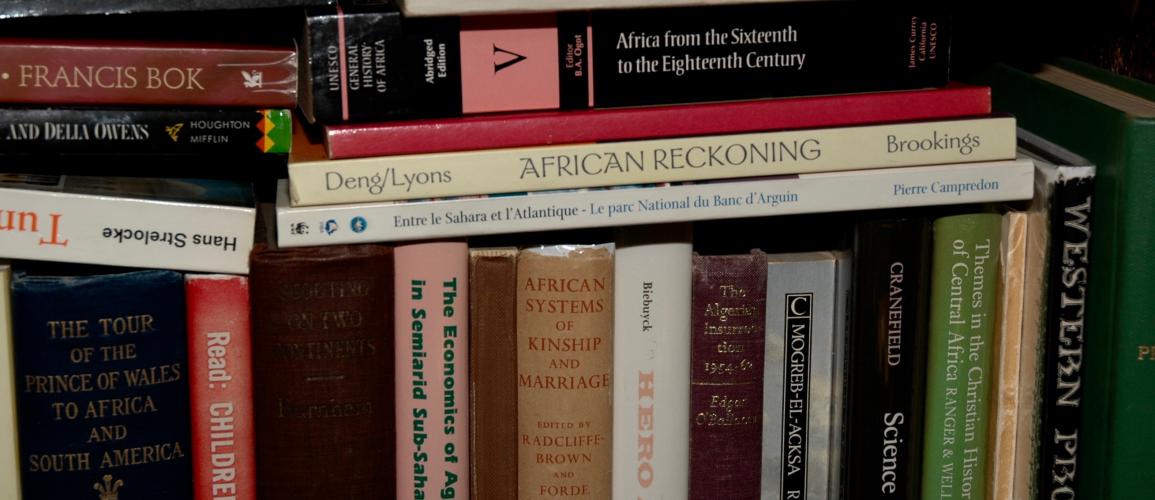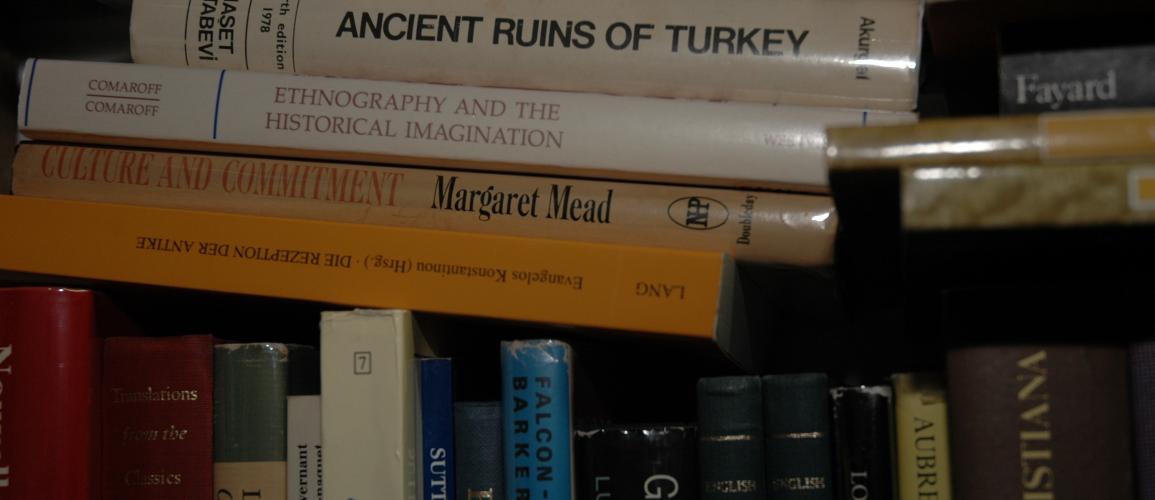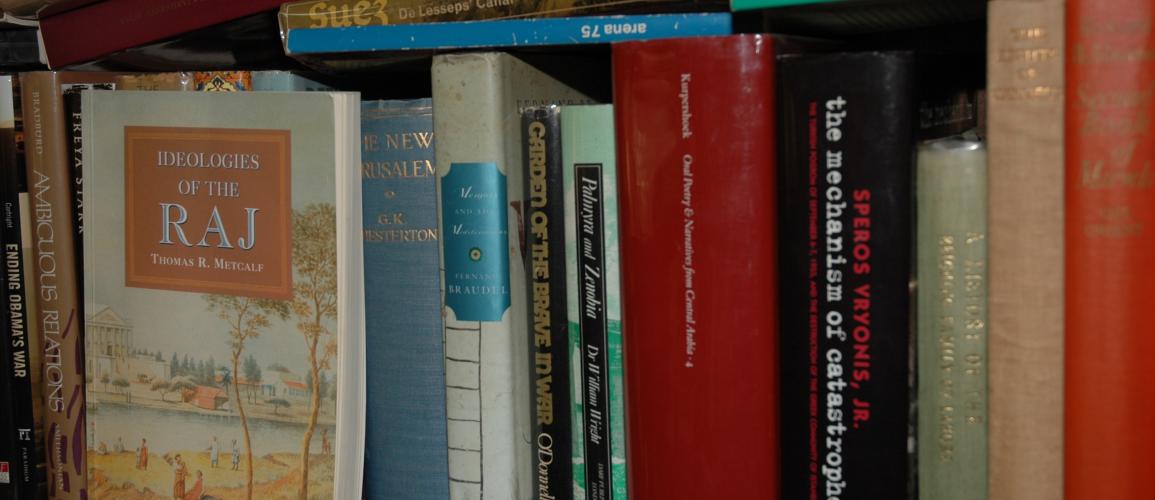Divisive stereotypes in textbooks
Textbooks are integral to formal education. In the classroom, the teacher's role enables students to learn both content and critical thinking, forming ideas about the content. Outside the classroom, curricula developers determine educational content and learning goals.
“[It] is from textbooks that most children obtain a connected view of human history and culture and of the world in which they live” (UNESCO 1949). Further, it is from textbooks that children gain a greater understanding of their identity versus the identity of others, outsiders, or so-called enemies, and get exposed to divisive stereotypes. Hence, the impact of divisive stereotypes in shaping the minds of youngsters cannot be denied.
“[It] is from textbooks that most children obtain a connected view of human history and culture and of the world in which they live”
There are numerous contested instances and controversies related to divisive textbook representations, or the omissions of indispensable facts within historical events. One need only look at the textbooks one grew up reading to see this. The divisive telling of history and identity can have far-reaching and dire consequences. In 2000, the Dakar Forum concluded that education has often been exploited by opposing parties in a conflict and that education in conflict areas must receive greater attention. Unfortunately, despite the strong consensus in the academic and policy literature of the importance of textbook reform, the challenge of divisive stereotypes in textbooks remains widespread.



